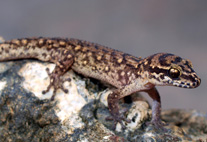Abstract
An entomopathogenic nematode, Heterorhabditis H39, was found in Darwin, Australia. Based on morphological and morphometric similarities, and molecular characterisation, it is an isolate of Heterorhabditis bacteriophora. Males, hermaphrodites, females and juveniles showed important similarities on most characters that define H. bacteriophora. The morphometrics of the infective juvenile of Heterorhabditis H39 are similar to those of H. bacteriophora, including average body length (562 (537–587) vs 570 (520–600) µm), maximum body width (21 (19–22) vs 24 (21–31) µm), distance from the anterior end to the EP (96 (87–104) vs 104 (94–109) µm) and tail length (101 (94–111) vs 91 (83–99) µm). The morphology of the spicules and gubernaculum of male Heterorhabditis H39 are indistinguishable from those of H. bacteriophora. The biology and life cycle of Heterorhabditis H39 are similar to those of other Heterorhabditis species. The Neighbour-Joining Tree based on 475 nucleotides of the SSU rRNA gene showed that Heterorhabditis H39 formed a monophyletic group with other H. bacteriophora isolates with a bootstrap value of 100. Thus, phylogenetic study of SSU sequence data provided strong evidence that Heterorhabditis H39 is an isolate of H. bacteriophora. This is the first record of H. bacteriophora in northern Australia.

